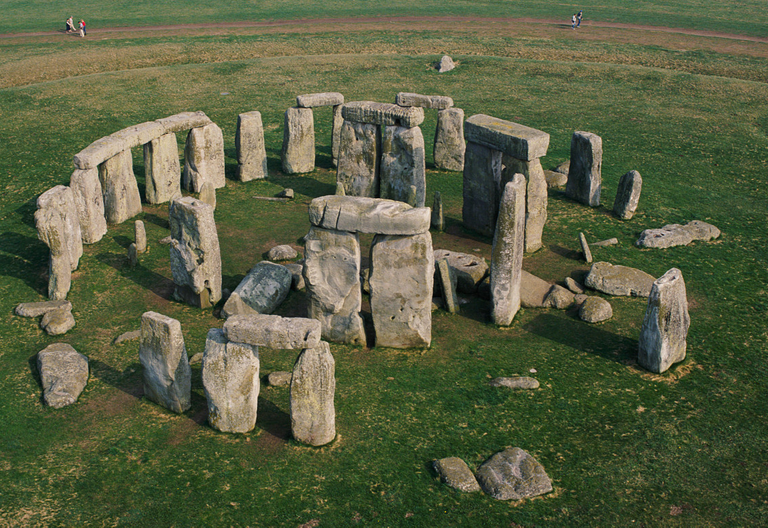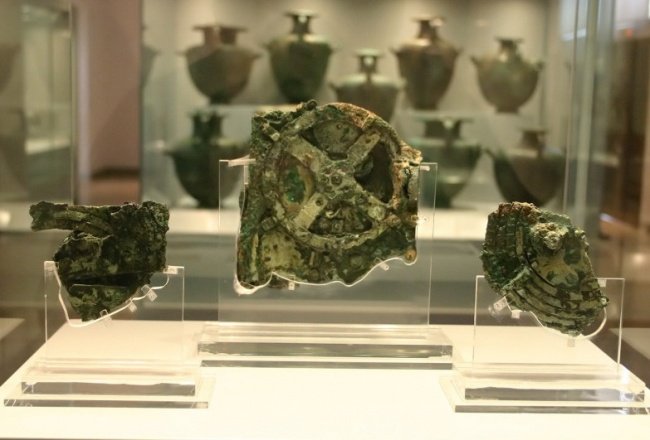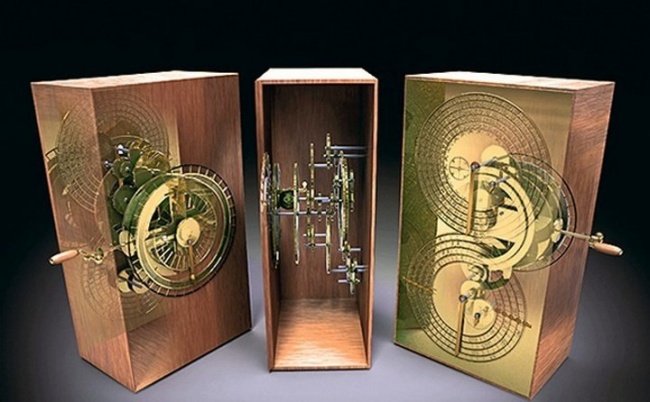Travelling in space is an issue which has arisen only in the last century, but the desires were targeted ‘against’ the sky since ancient times.
History of human civilization is closely linked to observations that the man has made over time on the sky. Whole civilizations were based on such elements and progress made by prehistoric and the ancient man were more significant than they appear today.
For almost 40,000 years, man has pursued astronomical phenomena, there are bones that appear bookmarks with moon phases. Also we can say about the calendars we use today that were originally calendar Warren Field, created about 10,000 years ago. Over 6,000 years, it has been changed constantly, such that phases of the moon and the solar year to remain synchronized. There are many other buildings of its kind worldwide, occurring even before the first human civilization, showing how great was man's interest for what is in the stars.
How "dreamed" in space travel
The last 25 years have radically changed the perception of prehistoric man in the light of astronomical artifacts in various parts of the world. Even prehistoric man have knowledge of mathematics and astronomy, various phenomena are understood ever since. At that time, however, it is more appropriate to speak of archaeoastronomy, which is rather treated symbolism and cultural interpretations of astronomical phenomena encountered. The road to the stars was imagined since about 15,000 years ago, according to some estimates, through the "cosmic hunters". This concept is a series of myths that a hunted animal, usually a bear or a moose, wounded, and after death, it reaches the sky where the stars turn into forming Big Dipper quadrilateral. Sometimes people "arrived" themselves between the stars, is usually associated with the two stars forming the "handle" of the Big Dipper.
First studying astronomy civilization as we know it in the Western world today is Babylonian. They applied mathematical principles to illustrate the difference the day along the solar year. Nabonassar during his reign (747-733 BCE) have made the most progress in the field of astronomy, revealing, among other things cycle of 18 years of lunar eclipses. Advances in Mesopotamia were the basis of ancient Greek astronomy, in classical Indian astronomy in Islam, but also from that of Western Europe.
The granddaddy of astronomical computer
Egyptians still offers important evidence about the development of astronomy, since almost 5000 years ago. They built pyramids were aligned after the Pole Star, the star Thuban in the constellation Draco. Astronomy was important in terms of Egyptians holidays. Also, the Chinese kept very detailed journals about astronomical observations they made, from 2600 years ago and lasting until the eighteenth century when Western astronomy and telescope arrived. The Chinese were able to predict eclipses with accuracy.

Silk Atlas of Comets from the Hunan Provincial Museum
Source image taken from Album of Relics of Ancient Chinese Astronomy, Zhongguo Gudai Tianwen Wenwu Tuji, CASS (Chinese Academy of Social Sciences, Institute of Archaeology), 1980. Beijing
The ancient Greeks developed their astronomy as a branch of mathematics, bringing it to very complex. They had developed since 2400 years ago a model showing how the planets rotate. Plato and Aristotle were less interested in the mathematical aspects of astronomy, focusing on philosophy. Plato described the universe as a spherical body divided into circles, that the planets revolved around the earth, driven by a "soul of the world", while Aristotle see the universe as a body composed of concentric spheres; cosmological model developed by him was dominant in various forms until the sixteenth century. The first attempt to use a heliocentric system of Aristarchus of Samos belongs, although only surviving fragments of his description.
Probably the most famous artifact of Greek astronomy is the Antikythera mechanism, a mechanical astronomical observation. This is the first ancestor of the astronomical computer, renowned for using a differential, which is believed to have been invented only in the sixteenth century. Also, the dimensions of the parts they bring the same level of complexity to that of a clock in the eighteenth century.
The Antikythera mechanism is one of the oldest mechanisms of designing, most likely, the first analog computer in history, with an extremely complex design. After several decades of research, historians have determined that the mechanism was used to show the position of the Sun and Moon and planetary motions in the sky. The mechanism could predict solar eclipses and moon.
Stonehenge
Chapter - in famous places should be mentioned Stonehenge, one of the most popular places in the UK. Ensemble stones lasted for about 5,000 years and played the role of astronomical calendar in prehistoric times still has many mysteries for scientists.
The road to the stars will materialize only millennia later, but that does not mean the ancient prehistoric man never dreamed the sky, space travel. Since the cosmic myth hunters it could get the idea of a man in space, long before the invention of writing or other sciences.
In fact, astronomy is the oldest of the natural sciences. By the first attempts to fly in space we should first be away from the ground, and it will take some time. However, it is to discover the progress made since the medieval period in the field of astronomy, and we talk about that in the next post.




I agree when you say the Astronomy is one of the oldest science of humanity. I think mostly this is because the human is a very curious creature, and what could arouse more curiosity than the sky and its stars above our heads?
Really nice post @cebymaster, I somehow missed it when you first posted it.
There will be another one )
This post has been ranked within the top 80 most undervalued posts in the second half of Feb 09. We estimate that this post is undervalued by $5.40 as compared to a scenario in which every voter had an equal say.
See the full rankings and details in The Daily Tribune: Feb 09 - Part II. You can also read about some of our methodology, data analysis and technical details in our initial post.
If you are the author and would prefer not to receive these comments, simply reply "Stop" to this comment.
The Antikythera mechanism is one of the most fascinating feats of engineering the world has ever seen. Mind blowing to say the least!